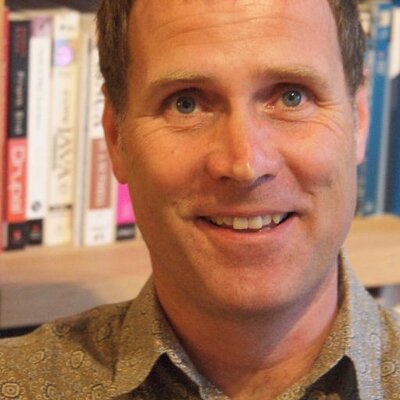Belgian Hospitals use Open Source Imaging Tool
 Two hospitals in the Belgian city of Liège are using Orthanc to exchange their medical imaging information. Three more hospitals are considering to start using this free and open source software solution for the management of their medical images. This lightweight system, developed at the University Hospital of Liège, helps hospitals to facilitate the exchange between clinical departments, specialists and hospitals. The software allows them to archive and retrieve images, while offering scalability and flexibility.
Two hospitals in the Belgian city of Liège are using Orthanc to exchange their medical imaging information. Three more hospitals are considering to start using this free and open source software solution for the management of their medical images. This lightweight system, developed at the University Hospital of Liège, helps hospitals to facilitate the exchange between clinical departments, specialists and hospitals. The software allows them to archive and retrieve images, while offering scalability and flexibility.
“The number and the size of medical images are exploding”, says Sébastien Jodogne, the main developer of Orthanc, who works for the University Hospital of Liège. “Belgian hospitals are now creating over 20 million images per year.” He says that each of these files roughly takes about half a gigabyte. Managing all of this data is increasing causing interoperability problems. And that is one of the reasons that the university hospital in 2011 started to work on a robust yet lightweight solution.
Jodogne describes Orthanc as a robust tool that brings technological independence to clinical departments. Orthanc allows users to automate their own, very specific imaging flows, including across proprietary system and the Internet. It is also lightweight and standalone, he says. This keeps installation straightforward. The only requirement is a basic computer. The software developer talked about Orthanc at the Fosdem conference, which took place in Brussels on 1 February.
 Sébastien JodogneElementary
Sébastien JodogneElementary
When it comes to medical images, hospitals face three problems, Jodogne says. First, they need to access data in the hospital’s Picture Archive and Communication Systems (PACS). “This is often done by creating CDs, which are costly and not friendly to the environment. “Inspecting and indexing files stored on CDs is also difficult and time-consuming. Other challenges include previewing 3D volumes, getting compressed archives right and, for research, stripping the data from images that link them to individuals.
Second, interoperability is a fundamental requirement of medical imaging systems, he says. “Radiotherapists, cardiologists and other specialists use highly tailored systems and devices that are impossible to integrate with the proprietary PACs.” Giving these physicians their own personal PAC, such as Orthanc, allows them take to advantage of their own specialized software. “And that benefits the patients”, says Jodogne.
Third, modern hospitals need to automate their own imaging flows. A nuclear medicine department for example will need to share the PET-scans with the treatment planning system at the radiotherapy department. Sometimes this involves two different hospitals. “Mailing CDs just slows everything down”, Jodogne says. “A system administrator should be able to create an electronic workflow.”
Incognito
The standard for medical images, DICOM, has been around for 30 years and is used everywhere, says Jodogne. Yet hospitals still find it hard to automatically route images and exchange data between departments or hospitals. Even anonymizing images is still hard to achieve, he says. “It is a direct consequence of the lack of interoperability of proprietary systems.” “This creates a great opportunity for free software in the medical sector”, says the software engineer. “It is why we created Orthanc, and it is also why it is already being used by hospitals worldwide.”
More information:
| Belgian Hospitals use Open Source Imaging Tool was authored by Gijs Hillenius and published in Open Source Observatory. It is reprinted by Open Health News with permission. The original post can be found here. |
- Tags:
- automating medical imaging flows
- Belgiaum
- cardiologists
- DICOM
- Fosdem conference
- lack of interoperability of proprietary systems
- Liège
- medical images
- medical imaging information
- medical imaging systems
- nuclear medicine department
- open source imaging tools
- open source software (OSS)
- Orthanc
- Orthanc DICOM server
- PET-scans
- Picture Archive and Communication systems (PACS)
- proprietary PACs
- radiotherapists
- Sébastien Jodogne
- treatment planning system
- University Hospital of Liège
- Login to post comments